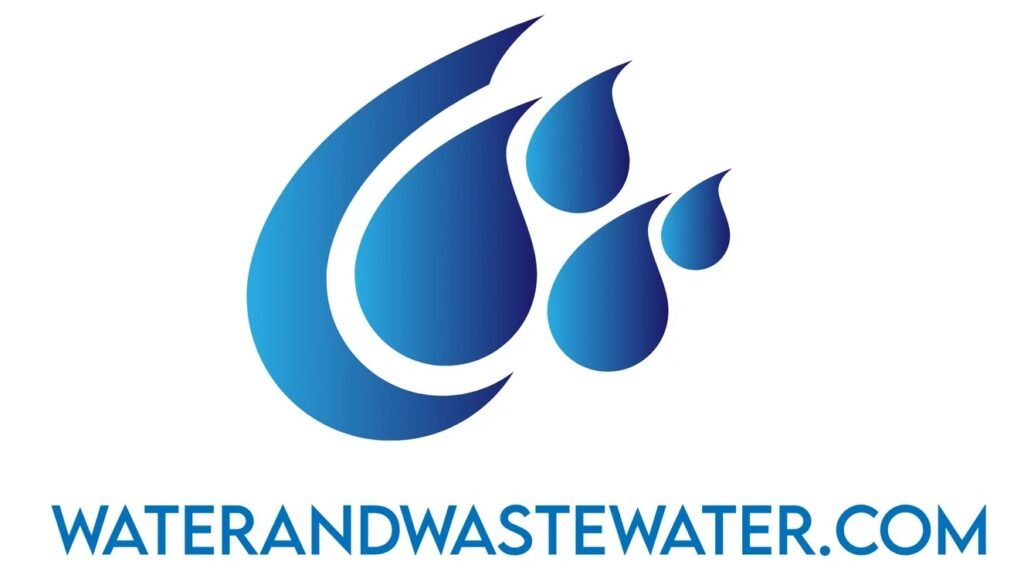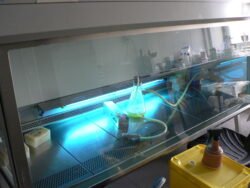
Philips UV Disinfection Lamp
Philips UV Disinfection Lamp: Illuminating the Path to a Safer Environment
As the world increasingly grapples with public health challenges, disinfection has emerged as a key factor in ensuring hygiene and safety in various environments. Among the technologies revolutionizing disinfection practices is ultraviolet (UV) light. Specifically, the Philips UV Disinfection Lamp stands out as a leading solution, combining innovation with efficacy to provide a safer environment. This article delves into the workings, benefits, applications, and considerations surrounding Philips UV Disinfection Lamps.
Understanding UV Light
Ultraviolet light is a form of electromagnetic radiation that lies beyond the visible spectrum, making it invisible to the naked eye. UV light is categorized into three types based on wavelength:
-
UVA (320-400 nm): This type of UV radiation is commonly associated with skin damage and tanning. UVA is the least harmful and can penetrate deep into the skin layers.
-
UVB (280-320 nm): UVB is responsible for sunburns and can cause skin cancer. It operates at a slightly higher energy level than UVA but doesn’t penetrate the skin as deeply.
- UVC (100-280 nm): This type has the shortest wavelength and the highest energy. UVC light is germicidal and is effective in destroying bacteria, viruses, and other pathogens. Because of its efficacy, UVC is the preferred option for disinfection purposes.
Philips utilizes UVC technology in its disinfection lamps to neutralize harmful microorganisms, promoting a cleaner and safer environment for both commercial and residential use.
The Technology Behind Philips UV Disinfection Lamps
Philips has invested heavily in research and development to harness the power of UVC light effectively. The Philips UV Disinfection Lamp employs several key technologies:
1. Germicidal Efficacy
The UVC light emitted by the Philips lamps has a germicidal effect that disrupts the DNA and RNA of microorganisms, making them unable to reproduce. This process is effective against a broad range of pathogens, including bacteria, viruses, and mold, making it an effective tool for disinfection in various settings.
2. User-Friendly Design
Philips UV Disinfection Lamps are designed with usability in mind. Many models feature mobility, allowing users to easily move them between different rooms or spaces. The design also often includes timers and automatic shut-off mechanisms when the lamps are moved or tilted, prioritizing user safety.
3. Energy Efficiency
With sustainability being a concern in today’s world, the Philips UV Disinfection Lamps are engineered for energy efficiency. They don’t generate heat like traditional disinfecting methods, such as chemical cleaning, thus minimizing energy consumption and costs.
4. Integration with Smart Technology
Philips has embraced the trend of smart technology integration. Some models of UV disinfection lamps can connect to mobile applications, allowing users to monitor performance, receive notifications, and control settings remotely. This not only enhances convenience but also promotes proactive health measures.
The Health and Safety Advantages
The Philips UV Disinfection Lamp offers numerous health and safety benefits that make it an essential tool in various environments.
1. Effective Disinfection
One of the primary advantages of the Philips UV Disinfection Lamp is the ability to effectively kill or inactivate a wide range of pathogens responsible for illnesses. By using UVC light, it targets microorganisms that are often resistant to conventional cleaning methods.
2. No Chemical Residue
Traditional disinfection methods often rely on harsh chemicals that can leave residue harmful to health, especially for sensitive groups such as children, the elderly, and individuals with pre-existing conditions. Philips UV lamps eliminate the need for such chemicals, providing a safer alternative without leaving behind any harmful substances.
3. Reduction of Allergens
In addition to disinfecting surfaces and air, Philips UV Disinfection Lamps can also help reduce allergens such as molds and dust mites. This is particularly beneficial in environments where air quality is paramount, such as hospitals, clinics, and homes for those with allergies or asthma.
4. Environmentally Friendly
Given the increasing importance of sustainability, the use of Philips UV Disinfection Lamps aligns with eco-friendly practices. With no need for chemical agents and lower energy consumption compared to some other disinfection methods, it presents a greener solution for maintaining hygiene.
Applications of Philips UV Disinfection Lamps
The versatility of Philips UV Disinfection Lamps allows for a wide range of applications across different environments. Here are a few notable examples:
1. Healthcare Settings
Hospitals and healthcare facilities are among the primary users of Philips UV Disinfection Lamps. They are essential in disinfecting patient rooms, operating theaters, and medical equipment surfaces to prevent hospital-acquired infections (HAIs). The ability to efficiently kill pathogens ensures a safer environment for patients and healthcare workers alike.
2. Commercial Spaces
Businesses such as restaurants, gyms, and offices are increasingly adopting UV disinfection technology to enhance hygiene. The Philips UV Disinfection Lamp can be used to regularly disinfect high-touch surfaces like doorknobs, light switches, and electronic equipment, thereby reducing the risk of infection among employees and customers.
3. Residential Use
In households, Philips UV Disinfection Lamps can be used to disinfect common areas, kitchens, and bathrooms. Families concerned about the spread of illness, especially during flu season or pandemics, can benefit from this technology. Additionally, purifying air in living spaces supports a healthy home environment.
4. Educational Institutions
Schools and universities have adopted measures to promote health and safety among students. Philips UV Disinfection Lamps can be used in classrooms, laboratories, and common areas, ensuring a cleaner environment conducive to learning.
5. Transportation
Public transportation systems, including buses, trains, and taxis, can use Philips UV Disinfection Lamps to decontaminate vehicles between uses. Given the close quarters of passengers, effective disinfection measures are vital in preventing the spread of illness.
6. Food Industry
Food production and processing plants can utilize Philips UV Disinfection Lamps to maintain hygiene standards and eliminate pathogens that could compromise food safety. By ensuring the cleanliness of equipment and surfaces, the risk of foodborne illnesses can be significantly reduced.
Best Practices for Using Philips UV Disinfection Lamps
While the Philips UV Disinfection Lamp is a powerful tool for enhancing hygiene, it is vital to use it correctly to maximize effectiveness and ensure safety.
1. Follow Manufacturer Guidelines
Always refer to the user manual and guidelines provided by Philips for specific information on operating the lamp. Correct usage ensures that disinfection is effective and safe.
2. Ensure Proper Exposure
For maximum efficacy, ensure surfaces and areas are directly exposed to the UV light. This may require moving objects or repositioning the lamp for optimal coverage.
3. Use in Unoccupied Spaces
To prevent potential harm from UVC exposure, always operate the Philips UV Disinfection Lamp in unoccupied spaces. It is crucial to avoid direct eye and skin exposure to UVC light.
4. Regular Maintenance
Ensure regular checks on the lamp to maintain its performance. Clean the lamp and replace bulbs as needed, following the manufacturer’s recommendations.
5. Combine with Other Cleaning Practices
While UV disinfection is effective, it is important to use it as part of a broader cleaning strategy. Regular cleaning and the use of disinfectants can complement the effectiveness of Philips UV lamps.
Addressing Misconceptions About UV Disinfection
As UV technology becomes more mainstream, it’s important to address some common misconceptions surrounding its use.
1. UV Disinfection is Not a Replacement for Cleaning
Some may assume that using a Philips UV Disinfection Lamp negates the need for regular cleaning. However, UV disinfection works best when combined with routine cleaning practices. Removing dirt and organic matter enhances the effectiveness of UVC light in killing pathogens.
2. UVC Light is Safe When Used Properly
While UVC light can be harmful to human skin and eyes, Philips UV Disinfection Lamps are designed with safety features to minimize risks. Users must follow recommended practices, such as ensuring spaces are unoccupied during operation.
3. Efficacy Against All Pathogens
While the Philips UV Disinfection Lamp is effective against a broad spectrum of bacteria and viruses, no disinfection method is foolproof. It’s essential to understand that some pathogens may require specific measures or may not be entirely eradicated with UV alone.
The Future of UV Disinfection Technology
The increasing recognition of the importance of cleanliness and hygiene in various sectors ensures that UV disinfection technology will continue to evolve. The Philips UV Disinfection Lamp is at the forefront of this shift, with ongoing advancements and innovations expected in the arena of UV technology.
1. Enhanced Efficacy and Efficiency
Future models may utilize advanced sensors and AI algorithms to optimize UV disinfection processes. This might include automatic adjustments to the exposure time or intensity based on environmental conditions or specific pathogens present.
2. Greater Integration with Smart Homes and IoT
As connected devices become more commonplace, integrating UV disinfection lamps with smart home systems could soon allow for seamless operation. Users may be able to schedule disinfection cycles or receive alerts on their smartphones.
3. Continued Research and Development
Philips and other companies are likely to continue researching the effects of UVC light on new pathogens, including emerging strains of bacteria and viruses. This ongoing research will help validate the effectiveness of UV technology and adapt it for specific disinfection challenges in the future.
4. Expanded Applications
Beyond current uses, Philips UV Disinfection Lamps may find applications in new settings, such as in air purification systems for residential and commercial properties, effectively reducing airborne pathogens.
Conclusion
In an age where health and hygiene are paramount, the Philips UV Disinfection Lamp offers a viable and effective method for disinfection. By leveraging the power of UVC light, this innovative technology addresses the ever-growing need for cleanliness in diverse environments. With its effective germicidal properties, user-friendly design, and sustainability features, the Philips UV Disinfection Lamp not only promotes safety but also illuminates the path towards a cleaner, healthier future. As we navigate the complexities of public health challenges, embracing such solutions can lead to improved well-being for individuals and communities alike.
